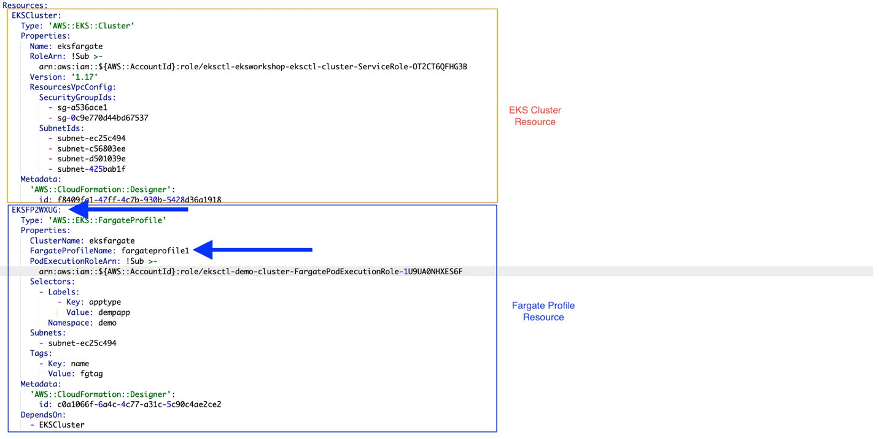Containers
Category: AWS Fargate
Under the hood: Amazon Elastic Container Service and AWS Fargate increase task launch rates
Since 2015, hundreds of thousands of developers have chosen Amazon Elastic Container Service (Amazon ECS) as their orchestration service for cluster management. Developers trust Amazon ECS with the lifecycle of their mission-critical applications, from initial deployment to rolling out new versions of their code and autoscaling in response to changing traffic levels. Alongside these long-lived application tasks, Amazon […]
Running critical workloads with Amazon EKS and AWS Fargate at Generali Italia
This blog was co-authored by Matteo Generali, Head of Digital Factory – Generali Italia; Andrea Caligaris, Claims & Health applications development lead – Generali Italia; Lorenzo Micheli, Senior Cloud Infrastructure Architect – AWS Professional Services; and Ettore Trevisiol, Cloud infrastructure Architect – AWS Professional Services. Who is Generali Italia? Generali Italia is one of Europe’s […]
Introducing Amazon CloudWatch Container Insights for Amazon EKS Fargate using AWS Distro for OpenTelemetry
Introduction Amazon CloudWatch Container Insights helps customers collect, aggregate, and summarize metrics and logs from containerized applications and microservices. Metrics data is collected as performance log events using the embedded metric format. These performance log events use a structured JSON schema that enables high-cardinality data to be ingested and stored at scale. From this data, […]
re:Invent 2021: AWS Containers track
In 2021, re:Invent offers an in-person and virtual conference experience for our attendees. The in-person part of the event will be held in Las Vegas from November 29, 2021 – December 3, 2021. Attendees for the virtual event can register for free and will have access to a subset of the sessions over the virtual […]
Streamline Windows Container Deployment on Amazon ECS with AWS Copilot and AWS Fargate
Since AWS Copilot CLI launched in 2020, developers have been using the tool to build, manage, and operate Linux containers successfully on Amazon Elastic Container Service (Amazon ECS) and AWS Fargate. By leaving the infrastructure-knitting and resource-wrangling to AWS Copilot, builders can spend more time focused on their business logic. With yesterday’s launch of Amazon […]
Running Windows Containers with Amazon ECS on AWS Fargate
At AWS, customers are running their most mission-critical workloads on Amazon Elastic Container Service (Amazon ECS) with Windows as their compute layer. Still, the undifferentiated heavy lifting of managing the underlying host OS, patching, scaling, and hardening when running Windows containers are time-consuming tasks. Therefore, customers can choose to use the optimized AMIs, which are preconfigured […]
Fast NLP model development with containers on AWS Fargate
This post is contributed by Efi Gazarov, Cloud Infrastructure Team Leader at Amenity Analytics NLP: the key to unlocking the full potential of data sources NLP, or natural language processing, is used to understand, interpret, and process language the way a human would by using computational methods. It sits under the umbrella of AI, along […]
Use CloudFormation to automate management of the Fargate profile in Amazon EKS
Organizations are embracing microservices architectures and container-based deployments to gain agility, scalability, isolation, and separation of concerns. AWS Fargate, the serverless compute engine for running containers in the AWS Cloud, improves agility by taking away the undifferentiated heavy lifting of worker node provisioning and management. With Fargate, organizations can focus on building applications and application […]
Fast forward on your first serverless container deployment on AWS
Introduction Modernization and container technologies are a hot topic in recent technology news, reports, and conference talks. Containers are becoming a dominant modern compute layer for on-premise, local, and hybrid workloads. This blog post introduces container concepts with easy-to-understand examples and equips the reader with a lightweight toolset to deploy your first containers on AWS. […]
Amazon ECS on AWS Fargate now enables customers to configure ephemeral storage up to 200GiB
Today, we are announcing support in AWS Fargate to configure ephemeral storage up to 200 GiB in size. Tens of thousands of customers use Amazon Elastic Container Service (Amazon ECS) with AWS Fargate to benefit from the serverless compute model for a wide variety of container-based applications at scale. As container adoption has grown, […]








